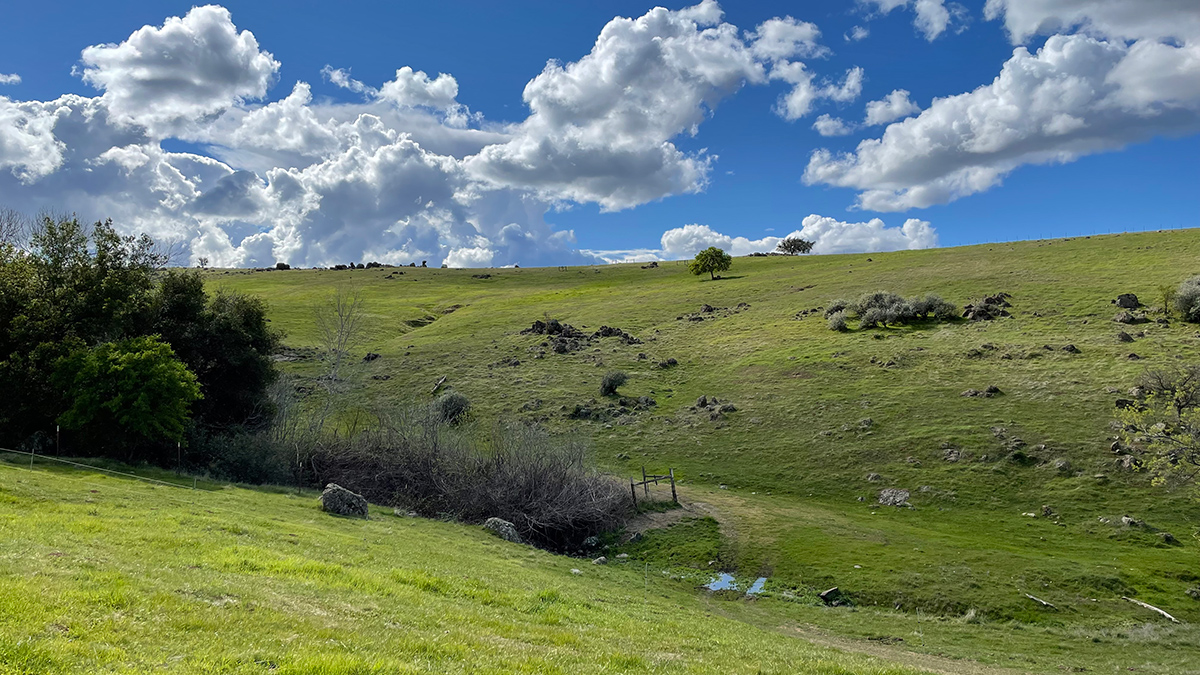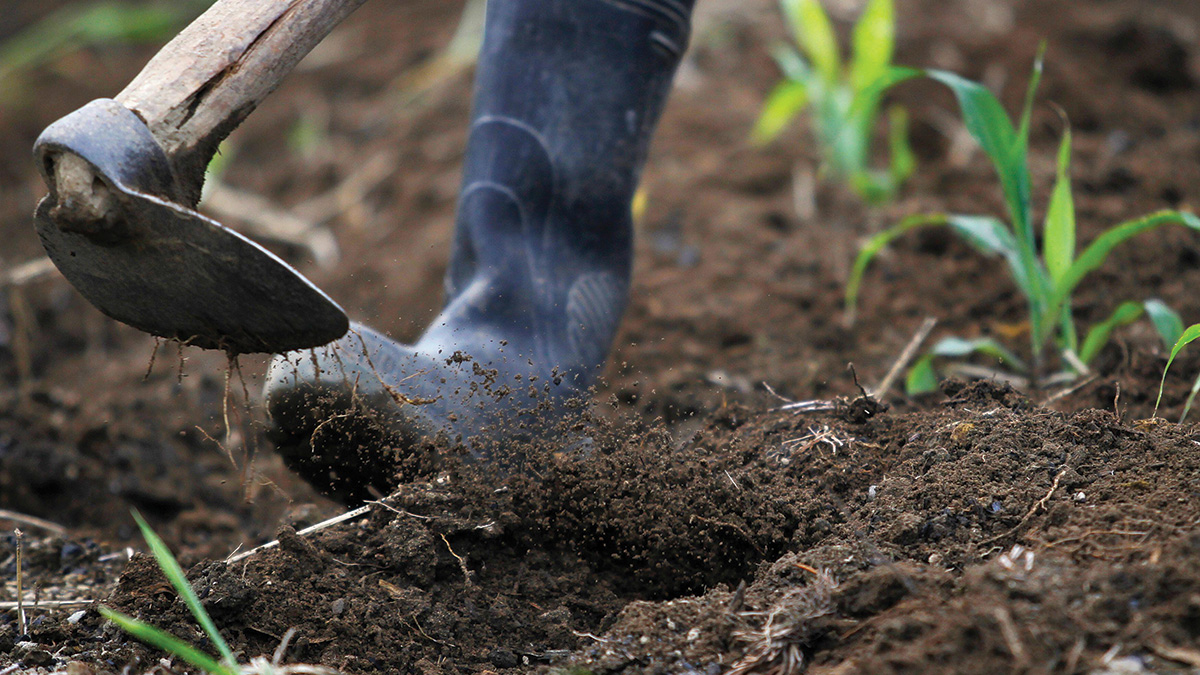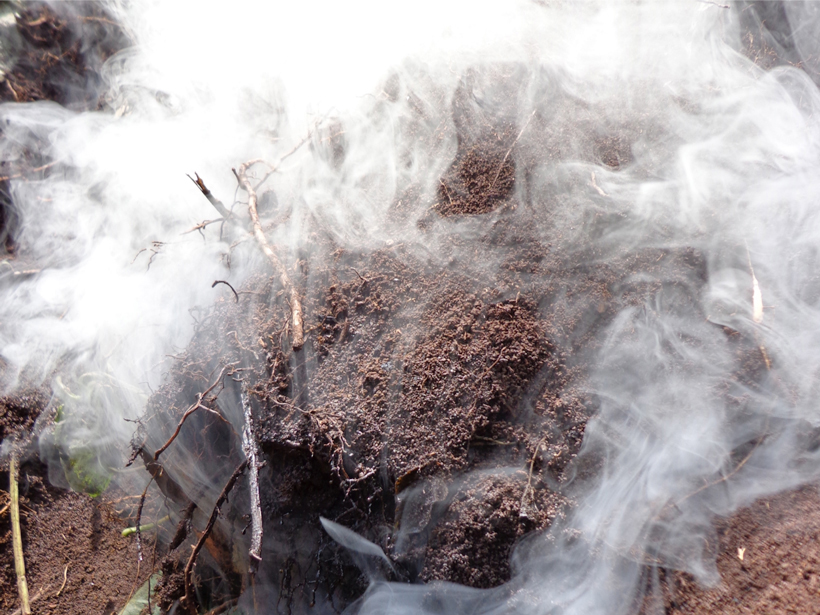Crushed rock additives may also help decrease soil emissions of other greenhouse gases, such as nitrous oxide and methane.
biochar
Posted inFeatures
O Legado Rico em Nutrientes nas Terras Pretas da Amazônia
Os solos férteis de terra preta foram criados através de séculos de uso da terra cuidadosamente administrado. Os cientistas estão colhendo referências desses solos para remover o carbono e melhorar o solo para a agricultura.
Posted inFeatures
The Nutrient-Rich Legacy in the Amazon’s Dark Earths
Fertile terra preta soils were created through centuries of carefully managed land use. Scientists are taking cues from these soils to better sequester carbon and improve soil for agriculture.
Posted inResearch Spotlights
Soil Loses Pyrogenic Carbon by an Unexpected Pathway
Fresh insight into pyrogenic carbon disappearance suggests that erosion is not responsible.




